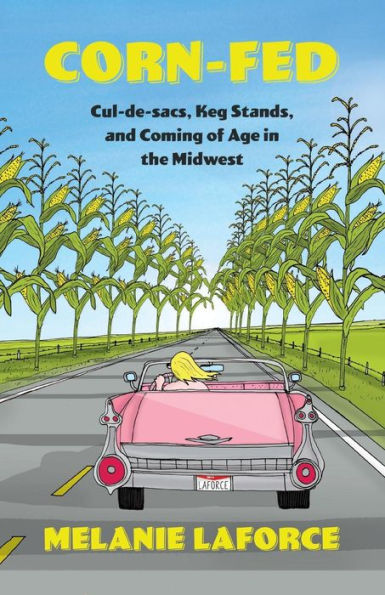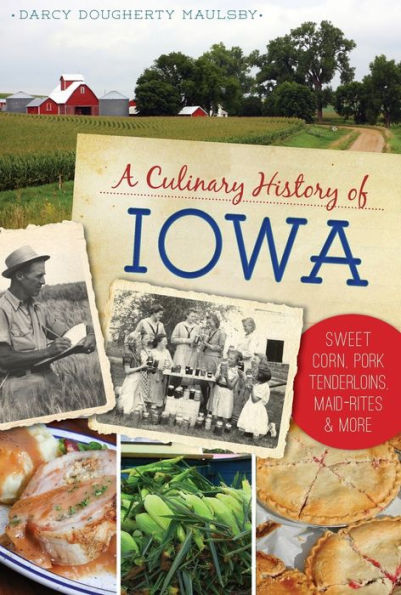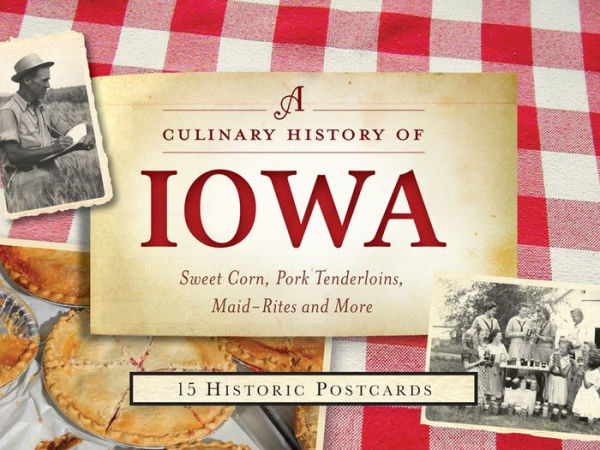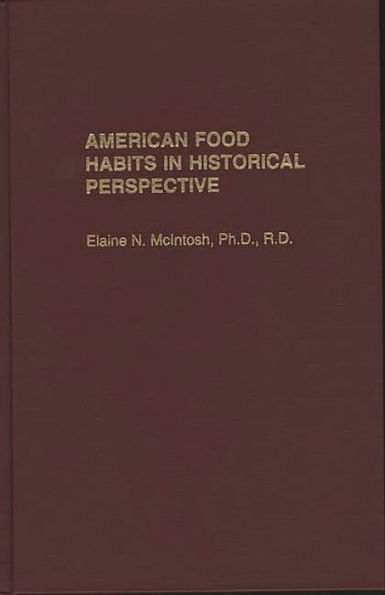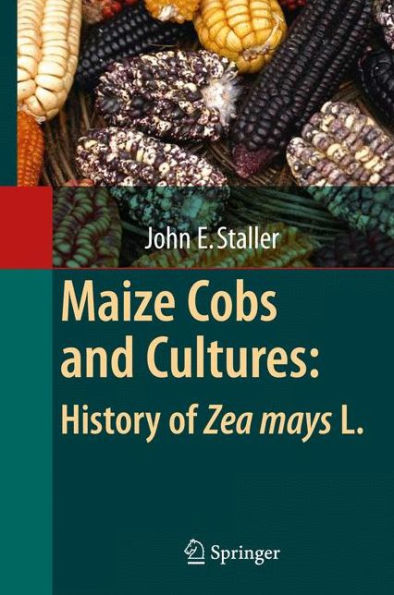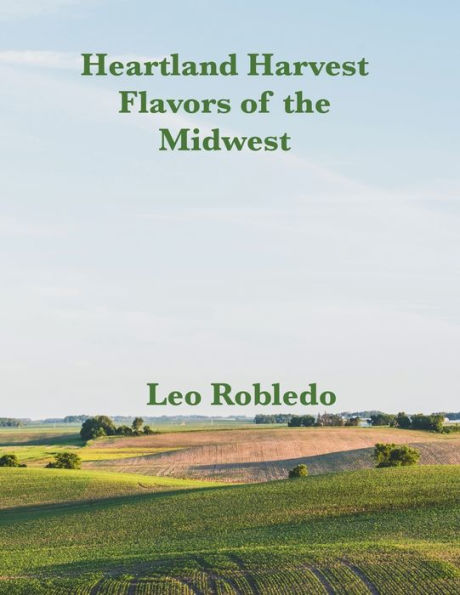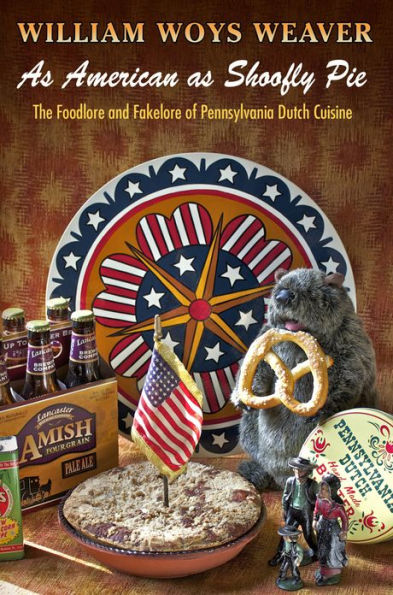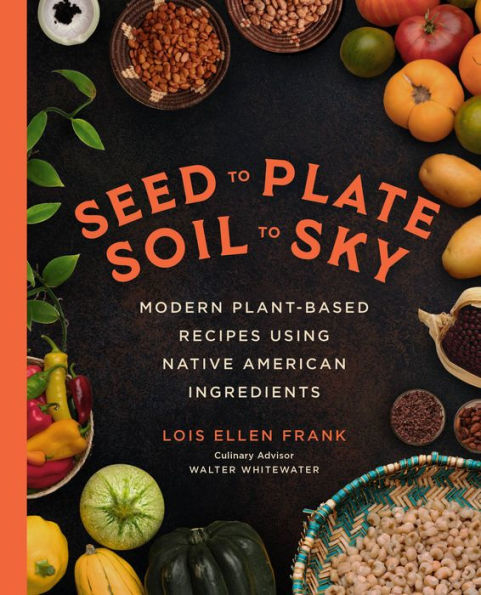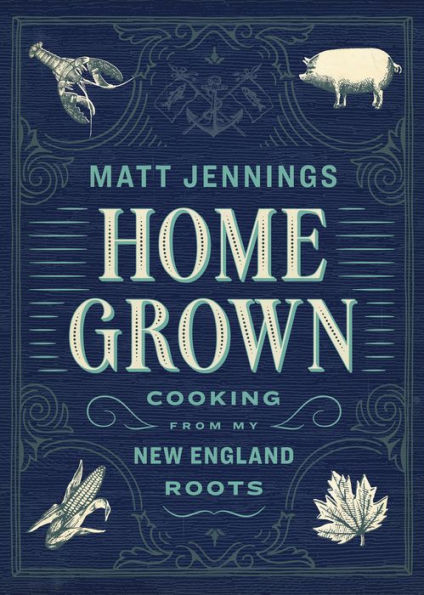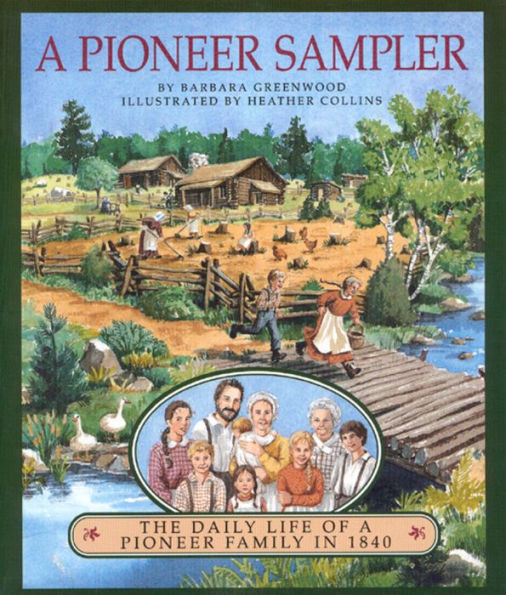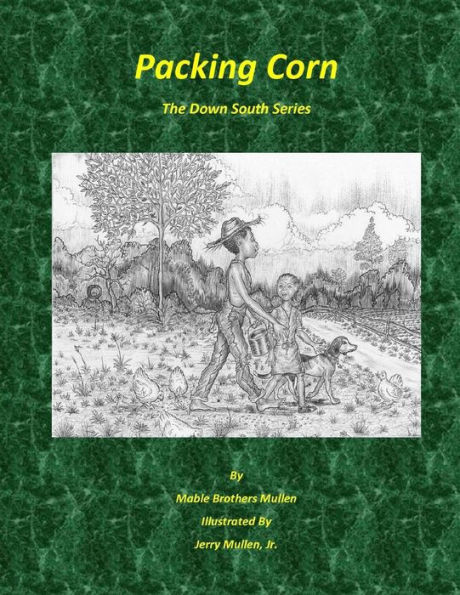Home
Shucks, Shocks, and Hominy Blocks: Corn as a Way of Life in Pioneer America
Loading Inventory...
Barnes and Noble
Shucks, Shocks, and Hominy Blocks: Corn as a Way of Life in Pioneer America
Current price: $20.95
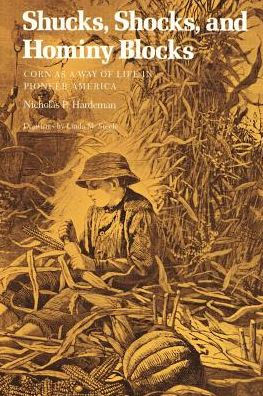

Barnes and Noble
Shucks, Shocks, and Hominy Blocks: Corn as a Way of Life in Pioneer America
Current price: $20.95
Loading Inventory...
Size: OS
*Product Information may vary - to confirm product availability, pricing, and additional information please contact Barnes and Noble
History is often measured by records of great leaders and events. Nicholas P. Hardeman convinces us that American history can be measured but the shaping force of a quiet monarch—corn. In fact, corn was more than king, it was a way of life, and Hardeman enthusiastically demonstrates that in order to understand the settling and development of America we must know about corn and its influence. Perhaps no volume has come closer to the grass roots of pre-twentieth century America.
The history of American worship of property, love of the land, and the work ethic has its source in this country’s discovery of the values of corn. When Hardeman speaks of values, he emphasizes the human as equal to the economic values. He describes corn growing in early America from clearing the land through planting, cultivating, and harvesting, as it was done on the single-family farm, once the mainstay of American agriculture. He talks about the problems and the hard work of corn growing that led to an explosion of agricultural innovation, mostly American in origin, in the nineteenth century. The author gives his attention as well to corn’s ancestry and the role of the Indians in developing all six major varieties of corn. He discusses in detail the many uses of corn as food and drink and its scores of nonfood applications.
Overall, Hardeman casts a glow on the “picturesque, symmetrical, checkered cornfields” of a time past. Corn was more than a commodity to the pioneer. It was a social phenomenon during every phase of its culture and especially in the husking bee, the most popular event of the entire pioneer era. Corn was integral to nearly all American culture—our language, literature, art, and mythology. “Frontiers have been erased . . . but in the subconscious of our cultural undergirding, they are with us yet—those phantom shocks in measured rows, the clamorous birds spiraling on set wings to waiting grain fields below, the rhythmic thudding of hominy blocks, the creaking of wheels and crackling of corncob fires.”
